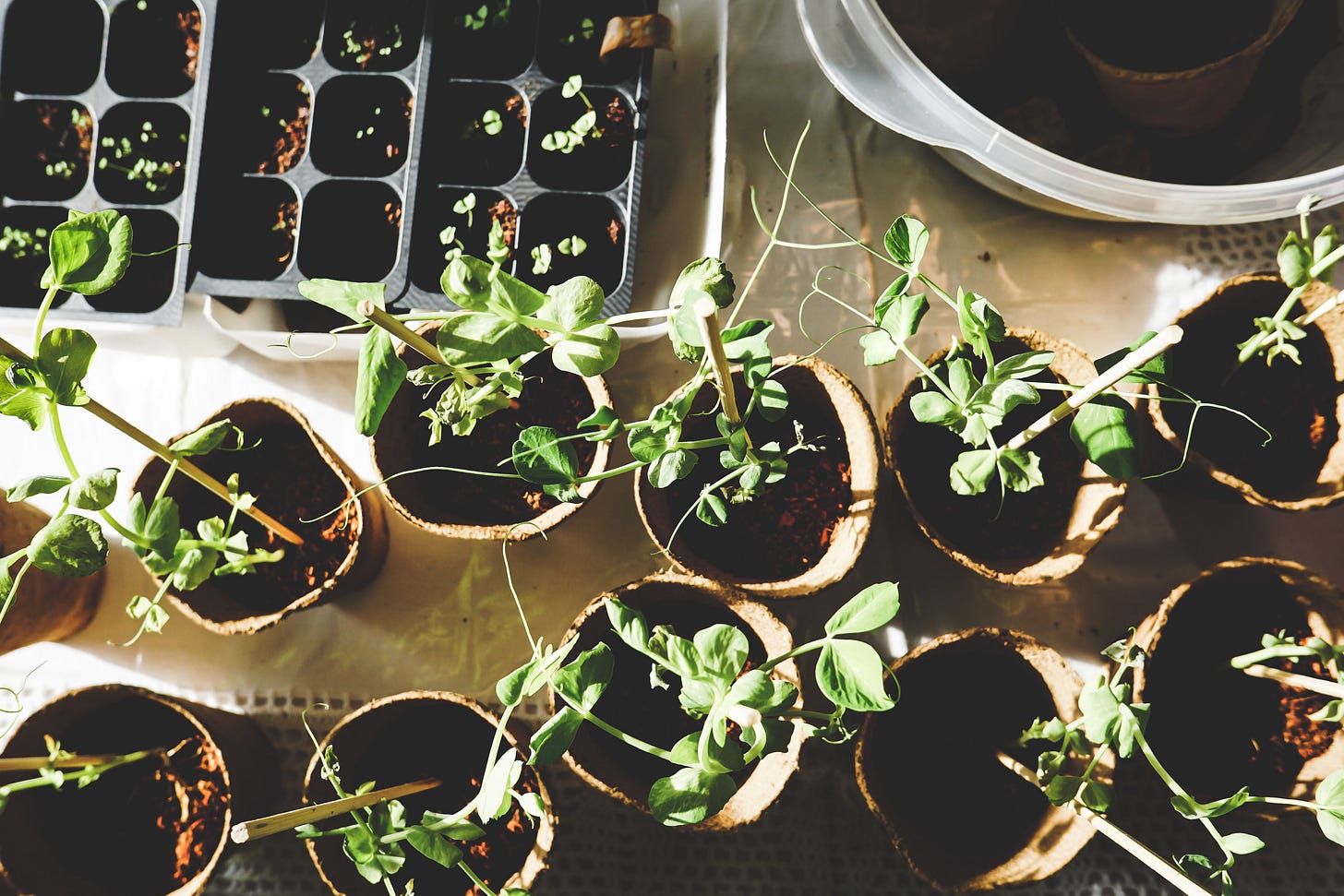How to Start a Community Garden
Community gardens are becoming increasingly popular as people look for ways to promote sustainable living and connect with their neighbors. These gardens are a great way to cultivate fresh produce, build community, and promote sustainable land use. If you're interested in starting a community garden in your area, here are some practical tips and resources to get you started.
Gather a group of interested individuals: Starting a community garden requires collaboration and support from the community. Start by reaching out to friends, neighbors, and local organizations to gauge interest in starting a garden. If you don’t find them right away, don’t give up. There are plenty of people who share your interests.
Find a suitable location: Look for an area with plenty of sunlight and access to water. Consider asking local government officials if there are any vacant lots or unused spaces that could be used for a garden. Aim for somewhere within walking distance of your home. You will be likely to spend more time there and the community you build will be stronger if most of the members live around each other. You may also need to consider liability insurance and zoning regulations.
Develop a plan: Once you have a location in mind, it's time to develop a plan for your garden. Do this by committee so that more people have stronger buy it to the project and will stay with it longer. Consider the size of the garden, what type of plants you want to grow, and what materials you'll need, such as tools, soil, and fencing. Keep in mind your growing zone for vegetables that will thrive where you live.
Raise funds: Starting a garden can be expensive, so you'll need to raise funds to cover the cost of materials and equipment. Consider hosting a fundraiser or reaching out to local businesses and organizations for donations. Check with a nearby church or school for help to build up - literal - seed money. You may even find your location at a school or church.
Build the garden: Once you have a plan and the necessary funds, it's time to start building the garden. Enlist the help of volunteers to clear the space, build garden beds, and install any necessary infrastructure, such as a water source or fencing. You can do this part all in a day if you have a big enough volunteer crew.
Start planting: Once the garden is built, it's time to start planting. Consider planting a variety of vegetables and herbs that are easy to grow and maintain, such as tomatoes, lettuce, and basil. Plant a few zinnias and sunflowers in between for added color.
Maintain the garden: A community garden requires ongoing maintenance to thrive. Develop a schedule for watering, weeding, and harvesting, and encourage volunteers to help maintain the garden. If you have a budget, hire a person to do the organizing or better yet do the organizing by committee so that all of the responsibility does not fall on just one person.
Community gardens can be a great way to promote sustainable living, build community, and provide access to fresh produce for local residents. By following these practical tips and resources, you can start your own community garden and help create a more sustainable and connected community.

Success Stories from Established Community Gardens
Community gardens have been successful in many areas across the country. One such success story is City Slicker Farms in Oakland, California. City Slicker Farms began “with a mission to co-power West Oakland community members to meet the basic need for fresh, healthy food by creating sustainable, high-yield urban farms and backyard gardens.” Helping in the last 20 years to build “over 400 backyard and community gardens.”
Another successful community garden is the Brooklyn Grange Rooftop Farm in New York City. This rooftop farm was started in 2010 and has since grown to become the largest rooftop farm in the world. The farm grows over 50,000 pounds of organic produce each year and hosts regular events and workshops for the local community.
We are not going to get this big the first year. Start small and build it up.
Tips for Keeping Your Community Garden Thriving
Encourage community involvement: A community garden is only successful if the community is involved in its maintenance and upkeep. Encourage volunteers to help with watering, weeding, and harvesting, and organize regular community events and workshops.
Develop a sustainable plan: A community garden must be sustainable in order to thrive. Develop a plan for water conservation, composting, and soil management to ensure the garden is able to produce healthy crops year after year.
Build strong relationships: Building strong relationships with local businesses, organizations, and government officials can help ensure the success of your community garden. Reach out to these groups for donations, support, and partnerships.

Starting a community garden requires dedication, hard work, and collaboration, but the rewards are well worth it. By following these practical tips and resources and learning from established community gardens, you can create a thriving space for your community to come together, grow fresh produce, and connect with nature. Whether you are a seasoned gardener or just starting out, a community garden can provide a space to learn from others and share knowledge while making a positive impact on the environment and food access in your local area.
One of the first steps in starting a community garden is to find a suitable location. This could be a vacant lot, a public park, or even a rooftop. It's important to obtain permission from the property owner and to ensure that the site has access to water and sunlight. Next, gather a group of interested individuals and form a planning committee. This committee can work together to create a garden plan, establish rules and guidelines for participation, and determine the necessary resources and funding.
Once the planning committee has identified the garden's location and established a plan, it's time to recruit volunteers and start building. Start small and focus on building raised beds or container gardens, which are easier to maintain and can be scaled up over time. Consider partnering with local businesses or organizations to donate materials and supplies, or apply for grants to cover costs.
In addition to growing fresh produce, community gardens can provide a space for education and community building. Host workshops and events to teach gardening skills, composting, and sustainable land use practices. Encourage community members to share their knowledge and experiences, and consider donating excess produce to local food banks or community organizations.
Maintaining a community garden requires ongoing effort and collaboration. Create a system for scheduling and managing garden tasks, such as watering, weeding, and harvesting. Encourage members to communicate regularly and share their successes and challenges. Celebrate accomplishments and milestones, and continue to work together to address any issues or concerns that arise.
Starting and maintaining a community garden takes time and effort, but the benefits are endless. By providing access to fresh produce, promoting sustainable land use practices, and building community connections, community gardens can make a positive impact on individuals and the environment alike. So gather your community members, roll up your sleeves, and start digging – your community garden is waiting to be born!






